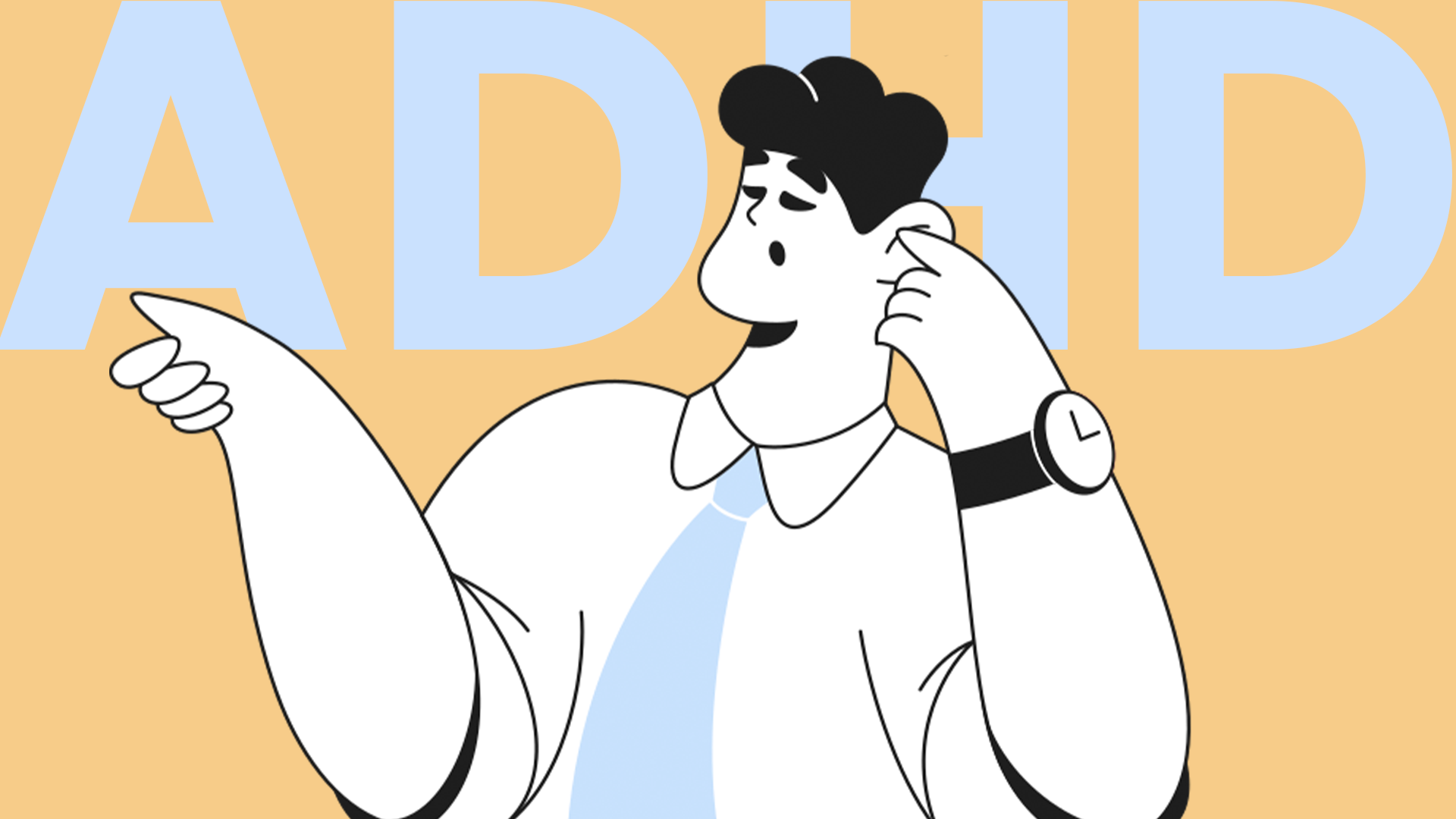10 common ADHD habits you might recognize
ADHD (Attention-Deficit/Hyperactivity Disorder) is more than just a diagnosis—it shapes how a person thinks, moves, plans, and interacts with the world. While every person with ADHD is different, certain patterns of behavior show up time and time again. These “ADHD habits” can feel frustrating or even embarrassing, but they’re not moral failings—they’re rooted in how the ADHD brain works.
In this article, we’ll explore 10 of the most common habits ADHDers tend to develop, why they happen, and how to navigate them with more understanding and less shame.
Procrastination and avoidance
The habit: Putting off tasks until the last possible moment, even when they’re important.
Why it happens: ADHD brains struggle with executive function—especially task initiation. The brain doesn’t perceive urgency unless there's a deadline or high stakes, often requiring a dopamine rush to get started.
Tip: Use time-blocking, visual timers, or body doubling to reduce resistance.
Hyperfocus on specific tasks
The habit: Getting so absorbed in a task (like writing, gaming, or research) that you lose track of time, meals, or other responsibilities.
Why it happens: ADHD is a mismanagement of attention, not a lack of it. When interest is high, dopamine floods the brain, making hyperfocus feel addictive.
Tip: Set alarms or check-ins to break up long periods of focus and shift when needed.
Forgetfulness and losing things
The habit: Misplacing keys, phones, wallets—or forgetting appointments and birthdays.
Why it happens: Working memory, the brain's short-term info bank, is often weaker in ADHD brains.
Tip: Assign “homes” for items, use reminders liberally, and minimize clutter where possible.
Impulsive decisions and interruptions
The habit: Blurting out thoughts in conversation, interrupting others, or making sudden purchases or plans.
Why it happens: Impulse control is a core challenge in ADHD. The prefrontal cortex (responsible for inhibition) is less active, making it harder to pause before acting.
Tip: Pause and count to three before speaking or clicking “buy.” Practice mindfulness to build self-awareness.
Emotional reactivity and overwhelm
The habit: Quick mood changes, overreacting to small triggers, or shutting down when overwhelmed.
Why it happens: Emotional regulation is often underdeveloped in ADHD. Small frustrations can feel catastrophic when the nervous system is already dysregulated.
Tip: Use grounding techniques, deep breathing, or emotional journaling. Name emotions to help process them.
Difficulty starting or finishing tasks
The habit: Leaving tasks half-finished or avoiding getting started at all—even ones you want to do.
Why it happens: ADHD brains struggle with transitions and motivation without clear reward. Finishing tasks requires sustained effort, which can be draining.
Tip: Break big tasks into micro-steps. Celebrate small wins along the way.
Poor time management and time blindness
The habit: Being late, underestimating how long things take, or losing track of time entirely.
Why it happens: ADHD often includes “time agnosia”—difficulty sensing time’s passage. Everything feels like “now” or “not now.”
Tip: Use external clocks, alarms, or visual timers. Practice “time estimation” as a skill.
Seeking stimulation constantly
The habit: Always needing background noise, multitasking, or bouncing between projects or hobbies.
Why it happens: ADHD brains are understimulated without novelty. Dopamine-seeking behaviors are a way to self-regulate attention.
Tip: Rotate between tasks intentionally, schedule creative breaks, or use structured novelty (e.g., trying new music or working in a new space).
Inconsistent productivity patterns
The habit: Bursts of high productivity followed by days of burnout or zero motivation.
Why it happens: Energy regulation is a major challenge. ADHDers often swing between hyperfocus and exhaustion without consistent pacing.
Tip: Track energy levels and plan high-effort tasks for “on” days. Use low-effort systems for maintenance on “off” days.
Difficulty with transitions
The habit: Getting stuck switching from one task or activity to another—even if the next one is enjoyable.
Why it happens: Shifting attention is hard for the ADHD brain. “Task inertia” means it’s difficult to disengage once focus (or lack of focus) sets in.
Tip: Use transition rituals like music, movement, or countdowns. Schedule buffer time between activities.
Final thoughts
These habits aren’t personal flaws—they’re neurobiological patterns tied to how the ADHD brain functions. When you understand the why behind them, you can approach your habits with curiosity, not criticism.
Instead of trying to force yourself into neurotypical routines, experiment with ADHD-friendly systems that work with your brain. That might mean more visuals, more breaks, or more flexibility—but it also means more ease, compassion, and alignment.

